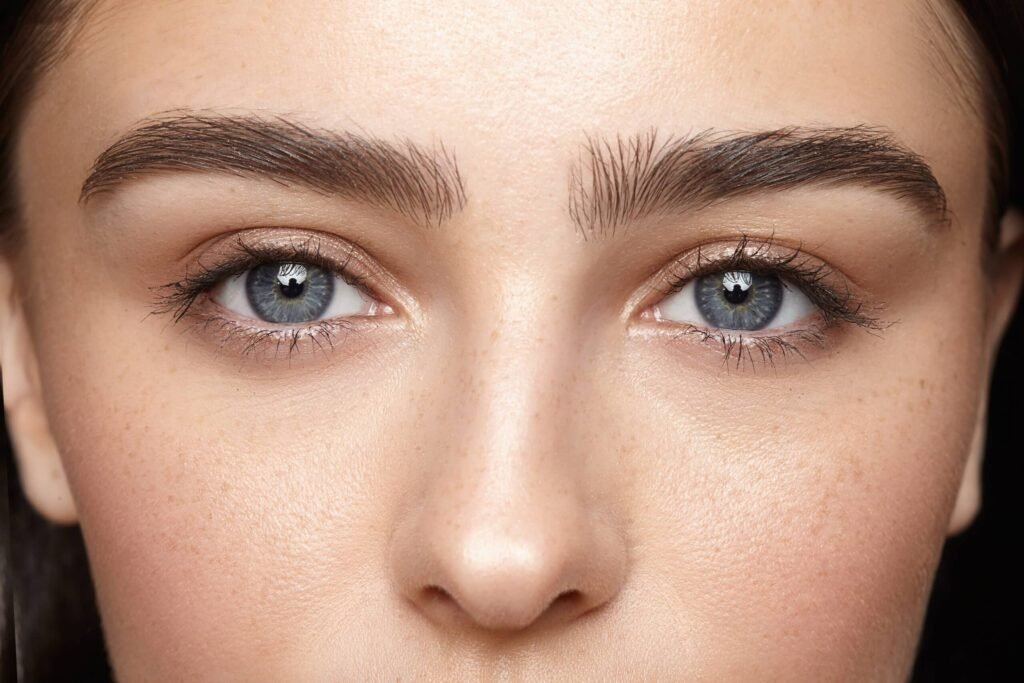Ptosis, characterized by the drooping of the upper eyelid, can affect vision, eye health, and quality of life. While some cases are mild and manageable, others require timely intervention to prevent complications. For medical patients experiencing ptosis, knowing when to seek correction is essential to ensure optimal outcomes.
This article outlines the key signs, symptoms, and medical considerations that indicate the need for ptosis correction surgery or other treatments.
Understanding the Impact of Ptosis on Health
Ptosis is more than a cosmetic concern. When the upper eyelid droops excessively, it can:
- Partially or completely block vision
- Lead to eye strain, headaches, and fatigue from overcompensating to see clearly
- Cause asymmetric facial expressions, affecting social interactions
- Result in lazy eye (amblyopia) in children if untreated
- Contribute to dry eyes or irritation due to incomplete eyelid closure
Because of these potential complications, timely assessment and intervention are critical.
When to Consider Ptosis Correction: Key Medical Indications
1. Visual Field Obstruction
One of the most important reasons to consider ptosis correction is when the drooping eyelid obstructs the upper visual field. This can interfere with daily activities such as:
- Driving
- Reading
- Working on computers or phones
- Performing tasks requiring upward gaze
If you notice difficulty seeing objects above eye level or feel that your eyelid covers your pupil, it’s time to consult a specialist.
2. Significant Impact on Quality of Life
Even if vision is not severely impaired, ptosis can cause discomfort and affect your lifestyle, including:
- Constant eye fatigue and headaches from straining to lift the eyelid
- Habitual tilting of the head backward or raising eyebrows unnaturally to compensate
- Self-consciousness or reduced confidence due to asymmetrical appearance
If ptosis negatively affects your daily comfort or emotional well-being, correction should be considered.
3. Development of Amblyopia (Lazy Eye) in Children
In pediatric patients, untreated ptosis can lead to amblyopia, a condition where the brain favors one eye over the other, potentially causing permanent vision loss.
If a child shows signs of eyelid drooping that interferes with vision, early surgical correction is critical to prevent long-term damage.
4. Progressive or Sudden Onset Ptosis
- Progressive worsening of eyelid droop over weeks or months warrants evaluation.
- Sudden onset ptosis may indicate underlying neurological or muscular conditions such as myasthenia gravis, stroke, or nerve palsy, requiring immediate medical attention.
Prompt diagnosis and treatment can address the root cause and prevent further complications.
5. Poor Levator Muscle Function
If the muscle responsible for lifting the eyelid (levator muscle) is weak or dysfunctional, ptosis may not improve on its own.
A specialist can assess levator function and recommend surgical correction tailored to the severity of muscle weakness.
6. Associated Eye Conditions
Ptosis may coexist with or cause other eye problems, including:
- Exposure keratitis from incomplete eyelid closure
- Dry eyes or irritation
- Strabismus (misaligned eyes)
When these issues arise alongside ptosis, correction is often necessary to protect eye health.
How to Know if You Need Ptosis Surgery
Your eye doctor or oculoplastic surgeon will evaluate:
- The degree of eyelid droop (measured by Margin Reflex Distance, MRD1)
- Levator muscle strength
- Impact on visual fields
- Presence of compensatory head or eyebrow movements
- Overall eye health
If the drooping eyelid causes functional problems or significant discomfort, surgery is generally recommended.
Non-Surgical Options and When They Are Appropriate
For mild ptosis without vision obstruction or discomfort, non-surgical options like:
- Ptosis crutches (attached to glasses)
- Prescription eye drops (e.g., Upneeq)
- Botox in select cases
may provide temporary relief but do not replace surgery for lasting correction.
Conclusion: Don’t Delay Care if Ptosis Affects You
Medical patients should consider ptosis correction when eyelid drooping:
- Interferes with vision or daily activities
- Causes eye strain, headaches, or fatigue
- Results in developmental risks in children
- Worsens progressively or appears suddenly
- Is accompanied by other eye health problems
Early evaluation by a qualified ophthalmologist or oculoplastic surgeon ensures appropriate diagnosis and timely treatment. Ptosis correction can restore vision, comfort, and confidence—helping you see clearly and feel your best.




